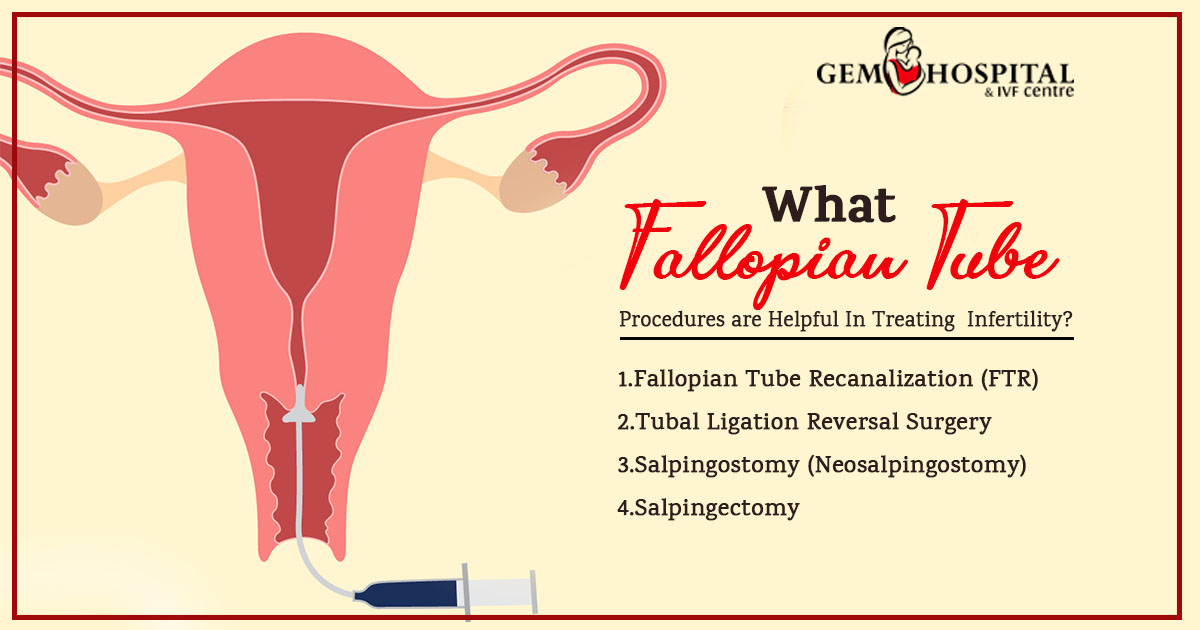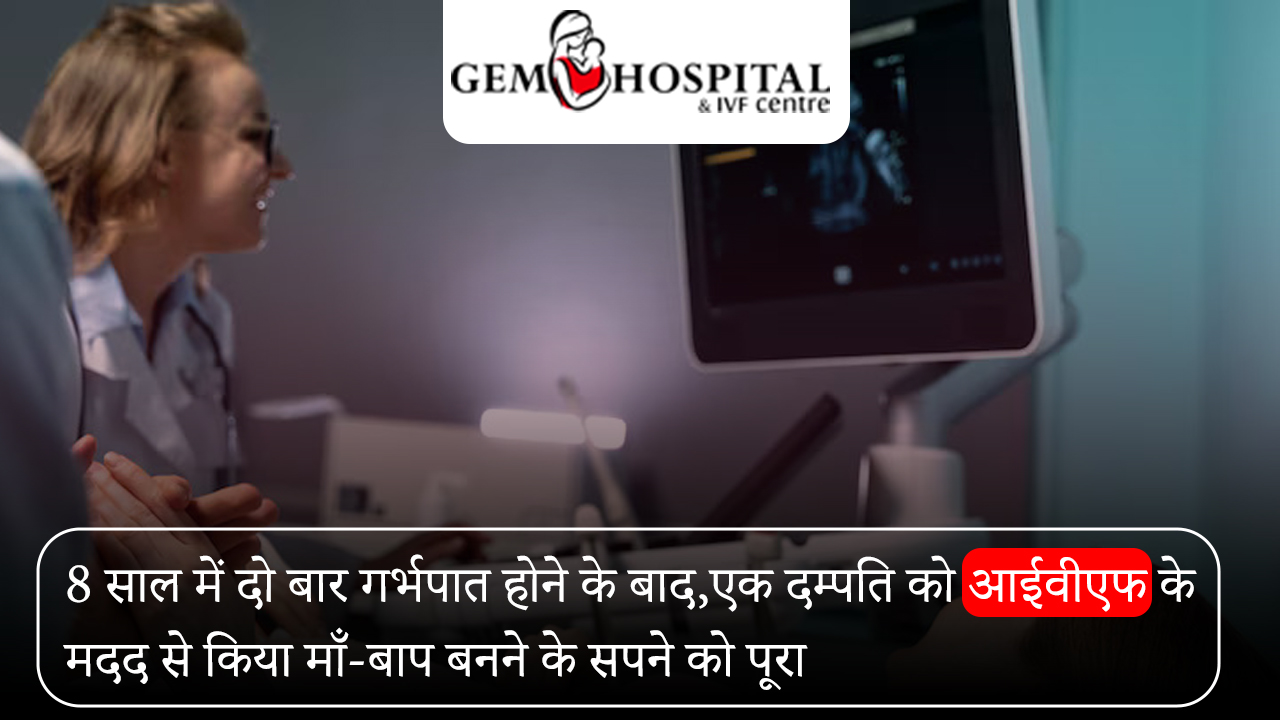Gem Hospital and IVF Centre Punjab: While getting pregnant may seem to be a simple process, it is a complex process. We know that pregnancy occurs after the successful fertilization of the woman’s egg and the man’s sperm. However, it might not occur that easily due to some reasons. Many conditions might cause the failure of the process like blocked fallopian tubes or a hostile uterus environment of the uterus. The blocked fallopian tube is readily available at many infertility clinics.
The role of fallopian tubes in reproduction
The fallopian tubes are the connection between the ovaries and the uterus. The egg traverses down the fallopian tube to the uterus after it gets released from the ovary. The ovary releases an egg at a specific time every month. This is known as the action cycle. The fertilization process takes when sperm meets the egg traveling through the fallopian tubes.
But all is not lost. Medical science has offered many treatments to clear these blockages. Some techniques are surgical, while some are nonsurgical.
Fallopian Tube Recanalization (FTR)
The doctor inserts a catheter through the cervix to inject a contrasting liquid in the uterus. He then determines the location of the blockage by taking an X-ray of the uterus and fallopian tubes. It is followed by the insertion of a second catheter which clears the blockage.
Risks- The procedure uses X-ray dye and radiation, which could have harmful effects.
Tubal Ligation Reversal Surgery
In case you opted for tubal ligation for avoiding pregnancy, the procedure can be undone with Tubal Ligation Reversal Surgery. It enables the reconnection of the blocked parts of the tubes. The doctor makes a small incision in the abdomen and removes the blocked parts of the fallopian tubes. He will reconnect the tubes using absorbable stitches.
There is no guarantee of pregnancy, the chances may be as low as 40% or as high as 80%. It will depend on your age and overall health. It may also cause infection, bleeding, or injury to surrounding organs.
Salpingostomy (Neosalpingostomy)
Salpingostomy involves the creation of an opening in the fallopian tube by a doctor. The doctor removes the blockage after opening the fallopian tube. The tube is left in its original place and the incision is left open so that it can heal on its own.
Risks- Making incision may cause infections. Scarring, or adhesions, on the reproductive organs, might be caused.
Salpingectomy
It involves the removal of one or both the fallopian tubes through surgery. It is followed by IVF for conception. The fallopian tube is removed by the doctor through a surgical loop or destruction of blood vessels of the fallopian tube. Either of the two methods may be used. Risks- It may lead to infection and scarring and ectopic pregnancy.



